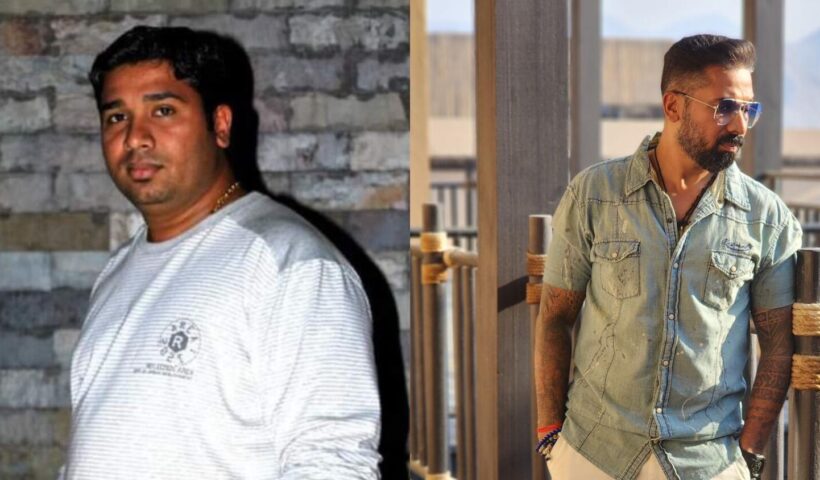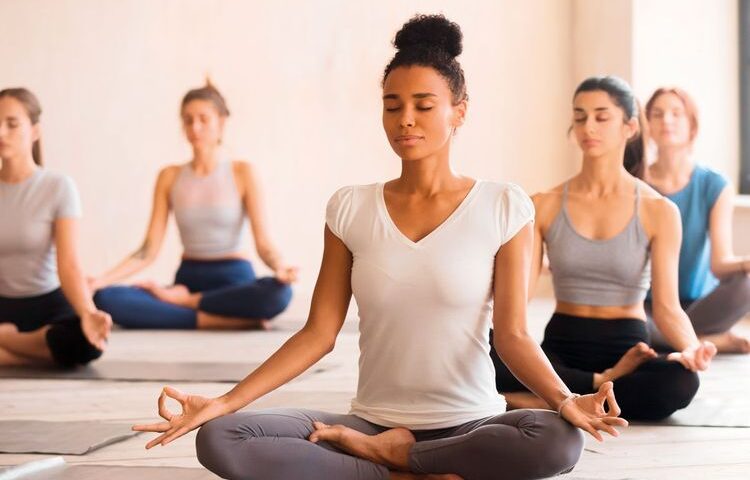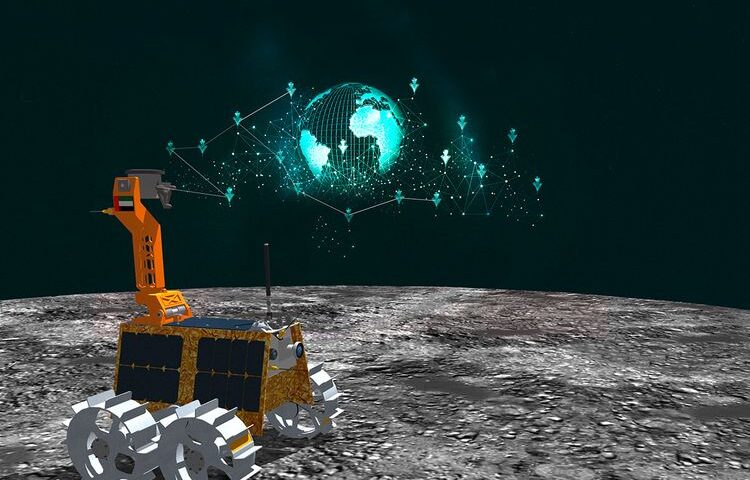Now in its sixth edition, the DFC has played a tremendous role in influencing several people’s fitness journeys
When the Dubai Fitness Challenge (DFC) was launched, the mission is to transform the emirate into the world’s most active, dynamic city. Every year, it gets closer to its ultimate goal, but something more incredible is happening along the way: People have started turning their lives around.
With the fitness frenzy ongoing in its sixth edition, Khaleej Times caught up with a number of people who have found inspiration and decided to make changes to their lifestyles — all thanks to DFC.One such person was Dr Krishnadas Nanath, associate professor and head of data science programme at Middlesex University Dubai. “My weight was touching almost triple digits,” he recalled.“I decided I needed to do something about it and that is when last year’s fitness challenge rolled around. I had read that it takes 21 days to make a habit so I thought this would be the perfect opportunity to try out that hypothesis.”
For 30 days, Krishnadas did 30 minutes of exercise and once the month was over, he just kept going, taking up running and cycling regularly.
“The one thing about Dubai is that if you want to be fit, there are so many events throughout the year,” he said. “I started to participate in many runs and races. This gave me constant goals to keep working towards.”
- Dubai Fitness Challenge: World’s largest fun run to hit Sheikh Zayed Road on Nov 20
- Dubai athlete to swim 18km around the Palm Jumeirah in record-breaking bid
The Dubai resident has now dropped over 26kg and is the fittest he has ever been. “People ask me how I find time for fitness,” he said.
“It is all about priorities. If I watch a movie, no one is going to ask me how I find time for it. It takes less time than that to complete your exercise. I have now started taking my 3-year-old son to events. I want fitness to be an integral part of his life as he grows up.”

Fat turned fit
For Husam Mohamed, the challenge was a turning point. Obese, diabetic and battling high blood pressure, the Sudanese national decided to use the DFC as a wake-up call.
“I was inspired by how our [Dubai} Crown Prince [Sheikh Hamdan bin Mohammed bin Rashid Al Maktoum] was calling everyone to get fit and healthy,” he said. “I was always a big fan of his. So I decided to take up the challenge.”

In a remarkable feat, the Dubai resident lost over 50kg. “I could barely walk a few steps without stopping to catch my breath,” he said.
“Today, I have run a full marathon, participated in the Spartan World Championship and I am now a crossfit and nutrition coach. The DFC was the biggest trigger for my life’s fitness journey.”
Similarly, at one point in his life, Sandeep Sathyan weighed all of 118kg and shied away from even posting his photos on social media fearing ridicule.
However, when the Dubai Municipality began the ‘Your Weight in Gold’ campaign, he was motivated to lose weight.
Soon after that, when the Dubai Fitness Challenge began, he used it as an opportunity to get his fitness levels up. “I was still learning about exercise and diet at the time,” he said. “That one month was a great start for me to get committed and regular in my exercise.”
Today, the Dubai resident weighs 70kg and couldn’t be happier. “My health and self-confidence have transformed drastically,” he said.
“I think DFC has been a game-changer in my life. From 2017 onwards, friends and I participate in various activities around town during the month. Instead of doing our usual gym and games, we check out new activities. I love how suddenly fitness becomes everyone’s focus. Most of us in my friends’ group manage to keep the momentum of that month throughout the year.”
- This 78-year-old ran to the top of 52-floor Dubai tower — four times
- Look: Hundreds sweat it out as Expo City transforms into giant gym in Dubai
- Make fitness a habit and lifestyle
Picking up a new sport
In 2017, Jeena Jacob had just given birth to her first child and was feeling overweight and unhappy. When the fitness challenge began, she took it up as a sign and decided to get fit.
“There was all this messaging about getting fit and staying healthy, so I got motivated by it,” she said. “I had always enjoyed sports and was looking for something like football or basketball.”

After searching around for a while, she found a club, but they only offered free rugby classes. “I had never even seen a rugby match ever in my life,” she said. However, that proved to be a much-needed turning point in her life. Rugby became her solace as she navigated through difficult life situations.









:quality(70)/cloudfront-eu-central-1.images.arcpublishing.com/thenational/T4WK4PATW52DWSBOHYOWBEWLGQ.jpg)
